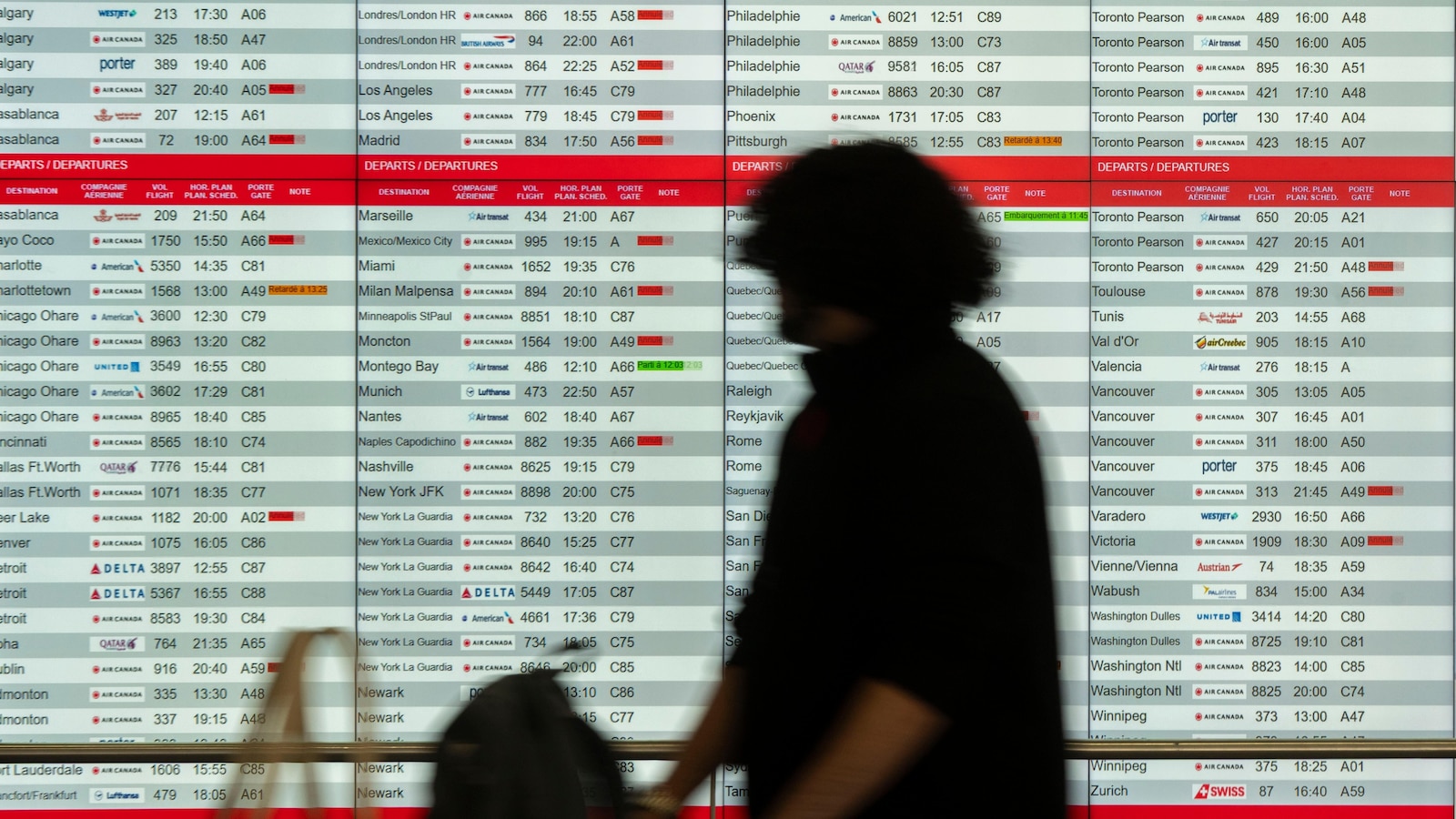Impact of Air Canada Strike on Travelers and Employees

Introduction
In a move that has left over 100,000 travelers stranded, the Canadian government has forced Air Canada and its flight attendants back to work and into arbitration after a strike. This decision will have a major impact on about 130,000 people each day, with an estimated 25,000 Canadians potentially being stranded abroad on a daily basis. With Air Canada operating around 700 flights per day, the effects of this shutdown are far-reaching.
Key Details
The strike, which began on June 20, has already caused significant disruptions for travelers. Air Canada has been forced to cancel numerous flights, leading to delays and missed connections for passengers. This has not only affected leisure travelers, but also business travelers who rely on the airline to conduct their daily activities. The strike has also caused tension between the government, Air Canada, and the flight attendants' union, with each party having different demands and concerns.
Impact
The decision to force Air Canada and its flight attendants back to work and into arbitration may offer some relief for stranded travelers. However, it also raises questions about the long-term implications for the airline and its employees. With the busy summer travel season in full swing, the strike and subsequent forced return to work will undoubtedly have a negative impact on the airline's reputation and customer satisfaction. This situation also brings to light the ongoing challenges and
About the Organizations Mentioned
Air Canada
Air Canada, founded in 1937 as Trans-Canada Air Lines (TCA), is Canada’s largest airline and the nation’s flag carrier, headquartered in Montreal. It was established by the Canadian government to provide transcontinental air service, originally operating under a government monopoly on domestic routes until deregulation began in the late 1950s[1][3][4]. The airline adopted the name Air Canada in 1965 and fully privatized by 1989 to compete in a more open market[1][2]. Air Canada serves over 220 destinations worldwide across six continents, operating a diverse and modern fleet of more than 400 aircraft, recognized for fuel efficiency and environmental considerations[7]. It is a founding member of the Star Alliance, enhancing its global connectivity through partnerships[2][7]. Major hubs include Toronto, Montreal, Vancouver, and Calgary, enabling extensive domestic and international network coverage[3][5]. Key milestones in Air Canada’s history include pioneering transcontinental flights in Canada, being the first North American airline to serve Moscow in 1966, and acquiring Canadian Airlines International in 2000, which positioned it as one of the world’s largest airlines[1][4]. The airline has faced challenges such as financial difficulties culminating in bankruptcy protection in 2003 and competition from low-cost carriers[5]. Despite this, it has maintained a significant role in Canadian and global aviation, carrying nearly 45 to 50 million passengers annually as of recent years[2][5]. Notably, Air Canada was the first airline globally to implement a computer reservation system with remote terminals in 1953, highlighting its early adoption of technology[3]. It holds a prestigious Four-Star ranking from Skytrax, reflecting high service standards among international airlines[7]. Overall, Air Canada represents a dynamic blend of historic legacy, technological innovation, and global reach, making it an influential player in the aviation business and a key facilitator of international trade and travel for Canada.




